The skies of World War II were a stage for some of the most intense aerial combat in history. Aircraft from various nations flew and battled for supremacy, their designs pushing the envelope of speed, power, and aerodynamics.
These flying machines became icons, each with stories to tell, and became crucial in determining the war’s outcome. Engineers and pilots worked hand in hand to produce and fly these planes, with innovation at the forefront of their efforts.
Size, maneuverability, and firepower evolved rapidly as the war progressed. Such advancements transformed aircraft from mere vehicles into formidable instruments of war. Specific models excelled among the fleets and claimed fame for their roles in key battles and campaigns. They turned the tide of war and became legends in the history of military aviation.
WWII Planes: The Dawn of Air Supremacy
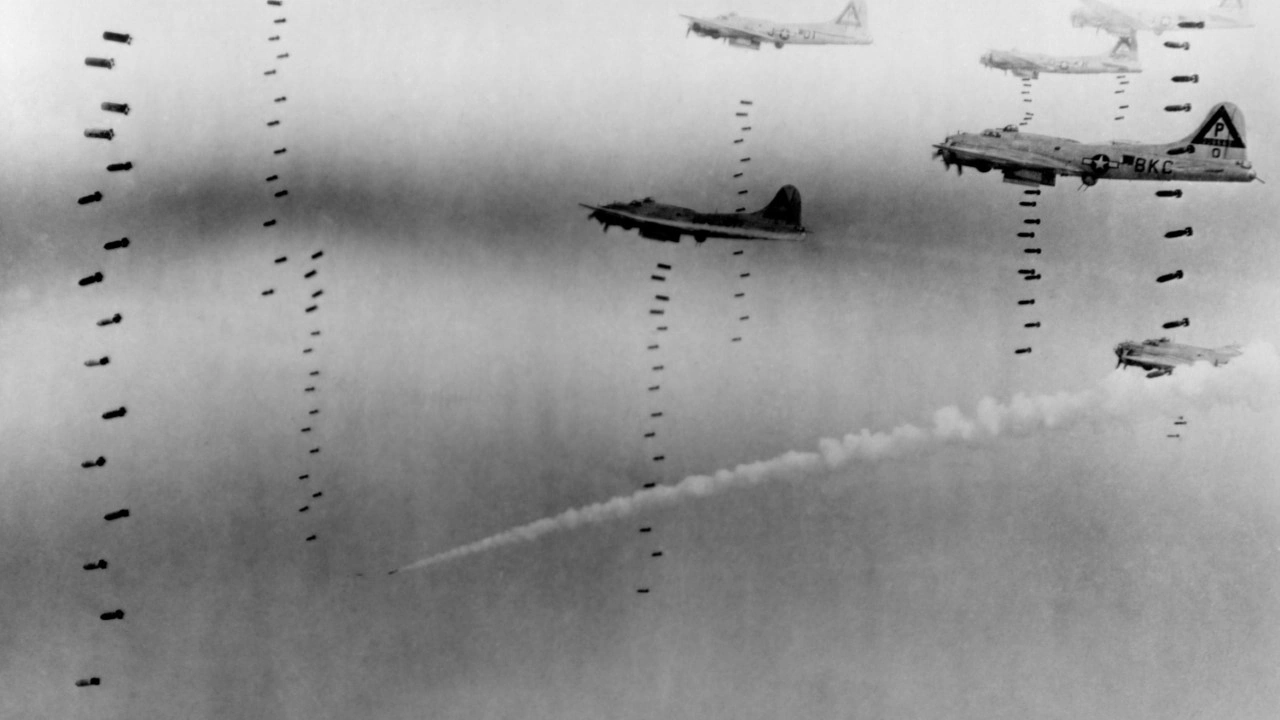
World War II saw a dramatic leap in the development of combat aircraft. The skies became battlegrounds for advanced machinery, and these planes carried out critical missions, from dogfights to bombing raids. Engineers crafted faster, more agile, and heavily armed aircraft throughout the conflict, while pilots sharpened their skills to match. The era’s aviation innovations led to modern aerial warfare and changed the course of history.
Supermarine Spitfire: The Allied Icon
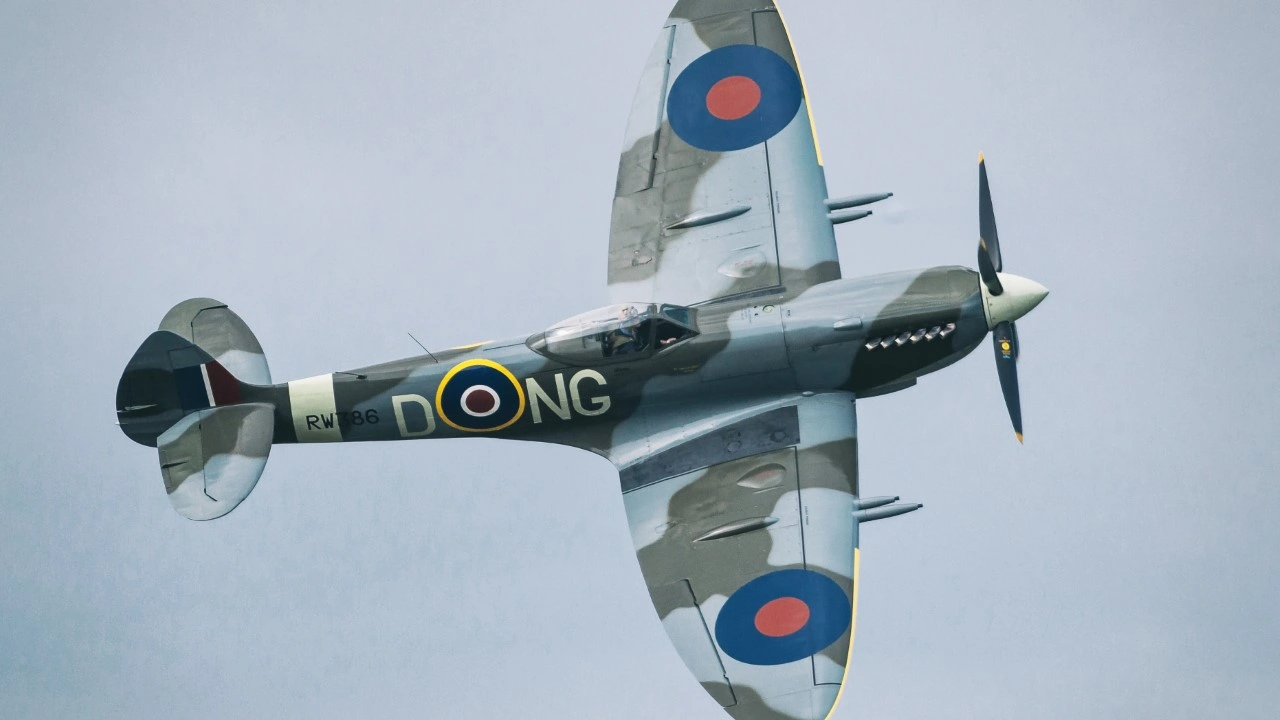
The Supermarine Spitfire was a symbol of Allied strength during World War II. Its sleek design and superior handling made it a favorite among pilots. The Spitfire’s speed and agility proved vital in the Battle of Britain, where it fiercely defended the skies. This aircraft saw enhancements with each conflict, including more powerful engines and advanced armaments. The Spitfire’s role extended beyond combat to surveillance and interception, securing its place in history as an aviation marvel and a beacon of hope.
Messerschmitt Bf 109: Backbone of the Luftwaffe
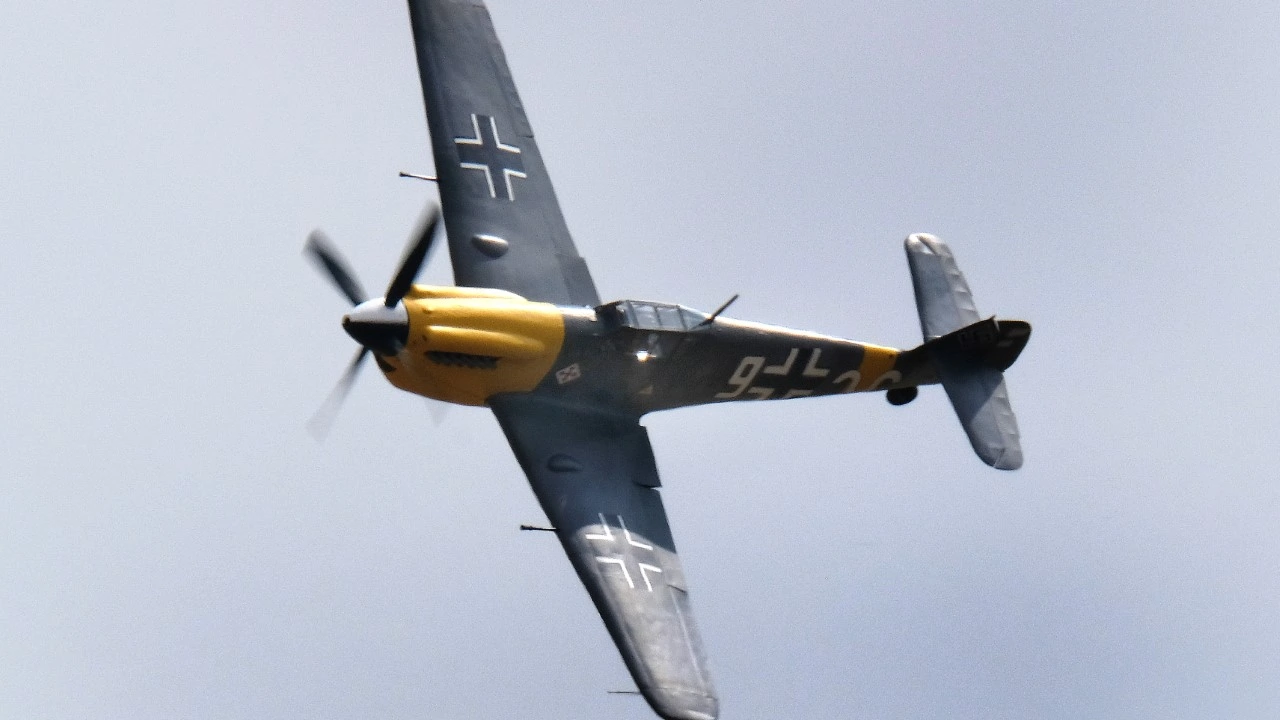
The Messerschmitt Bf 109 was the Luftwaffe’s mainstay throughout World War II. Crafted for versatility, it served as a fighter, interceptor, and, in later roles, even as a fighter-bomber. Pilots valued its high speed, responsive controls, and powerful armament that could effectively challenge enemy aircraft. Designers continually enhanced their performance as the war progressed to keep up with the Allies’ advancing technology.
P-51 Mustang: The Long-Range Fighter
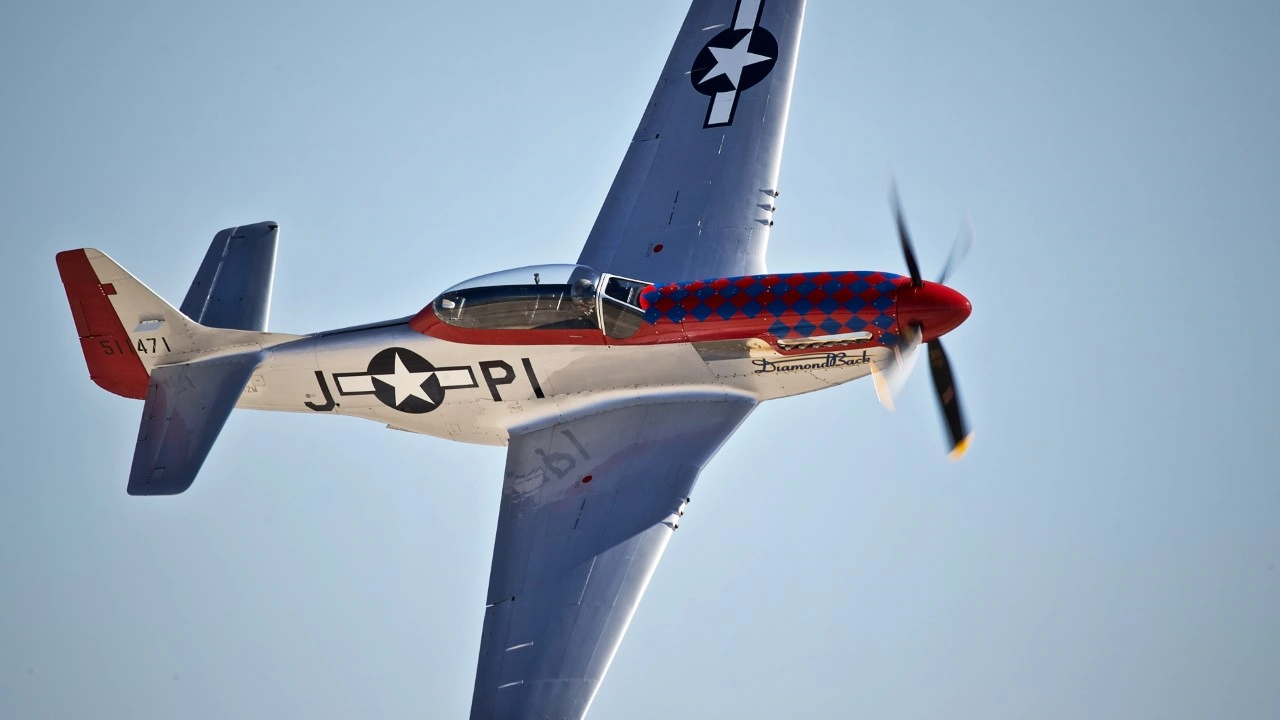
With its exceptional range, the P-51 Mustang emerged as a game-changer in World War II. This long-distance fighter escorted bombers deep into enemy territory, ensuring their safety from hostile interceptors. Its arrival marked a turning point, as it could engage in battles far from base and return home. Equipped with a powerful engine and lethal firepower, the Mustang dominated the skies over Europe.
The Legendary Bomber: B-17 Flying Fortress
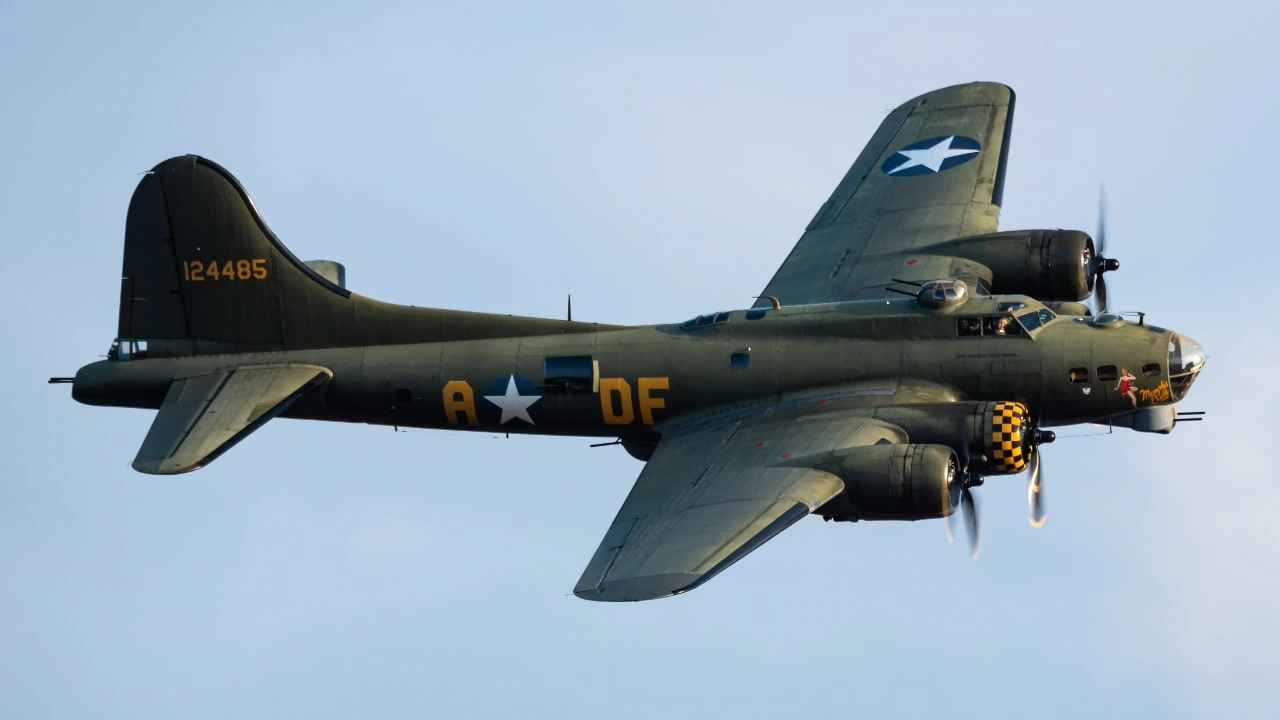
The B-17 Flying Fortress, built by Boeing, became a legend in the sky during World War II. This heavy bomber could withstand substantial damage and still complete its mission. The United States Army Air Forces deployed the B-17 primarily in the European theater, where it bravely executed daylight bombing raids over Germany. Its firepower and armor made it a resilient adversary.
Mitsubishi A6M Zero: Dominance in the Pacific
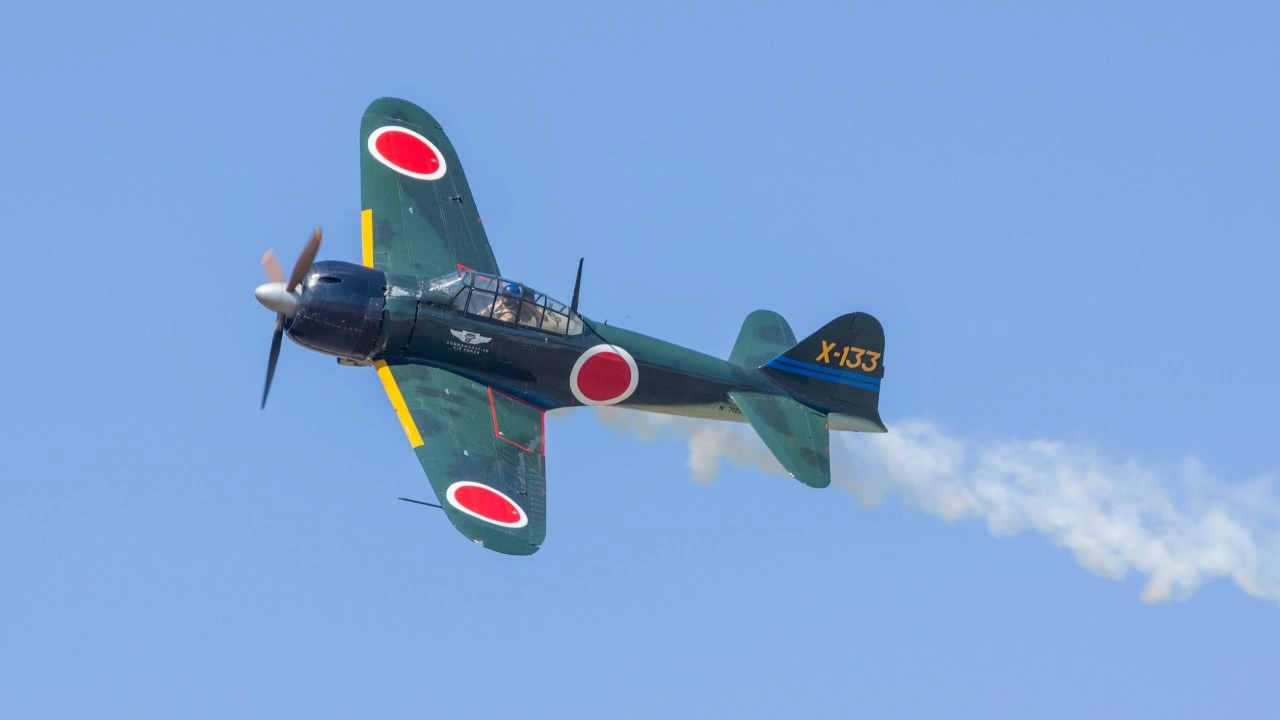
The Mitsubishi A6M Zero, an agile fighter aircraft, ruled in the early years of the Pacific War. Mitsubishi Aircraft Company manufactured it, which suited the Imperial Japanese Navy’s primary air superiority fighter. The Zero gained a fearsome reputation for its primary role in the attack on Pearl Harbor and its later dominance. Its light frame and long range allowed for exceptional maneuverability.
Yak-3: The Soviet Air Force’s Secret Weapon
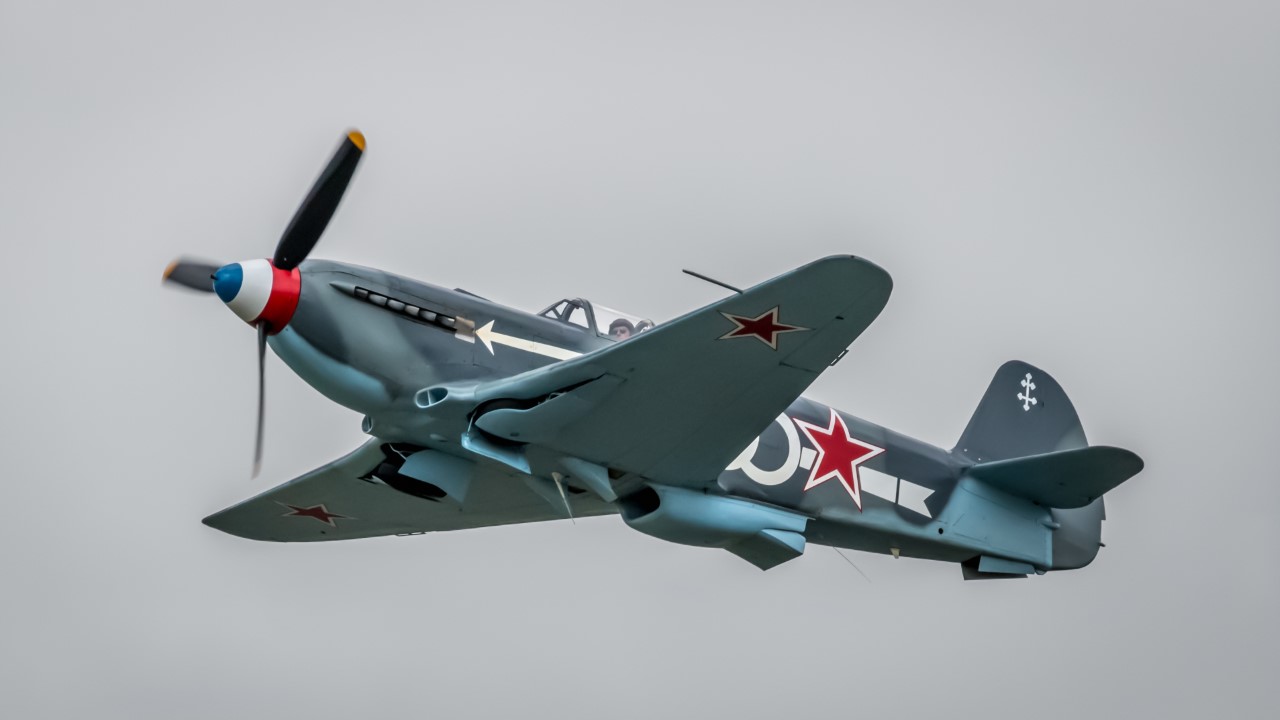
Recognized for its agility, the Yakovlev Yak-3 bolstered the Soviet Air Force during pivotal battles. Introduced in 1944, this aircraft excelled in swift, close-quarter combat against German forces. Crafted by the Yakovlev Design Bureau, it stood out for its speed and performance at low altitudes. The Yak-3’s arrival marked a turning point on the Eastern Front, providing crucial air support for Soviet advances.
Hawker Hurricane: The Unsung Hero
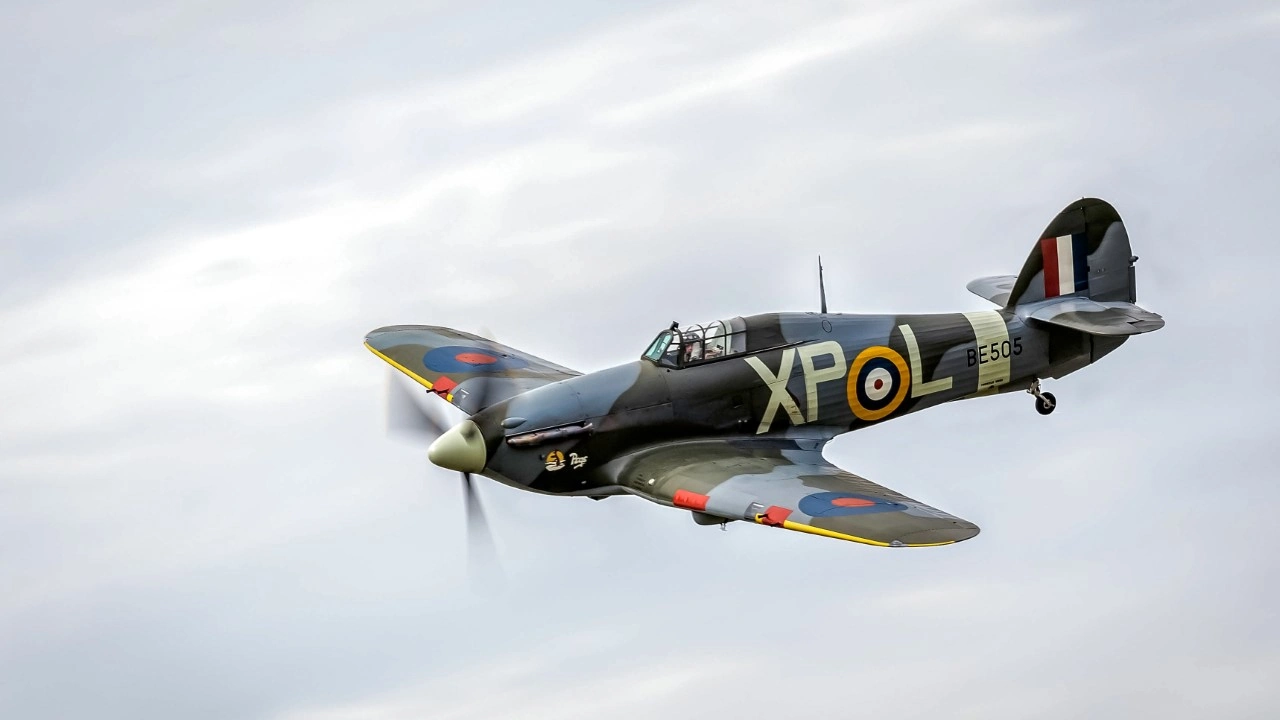
Often overshadowed by its counterparts, the robust Hawker Hurricane played a crucial role in World War II as the Royal Air Force’s workhorse during the Battle of Britain. It scored more victories than any other aircraft. Its solid design and reliable performance made it a favorite among pilots. Built by Hawker Aircraft Ltd, the Hurricane outperformed in versatility, serving in multiple campaigns with distinction.
Consolidated B-24 Liberator: Mass-Produced Giant
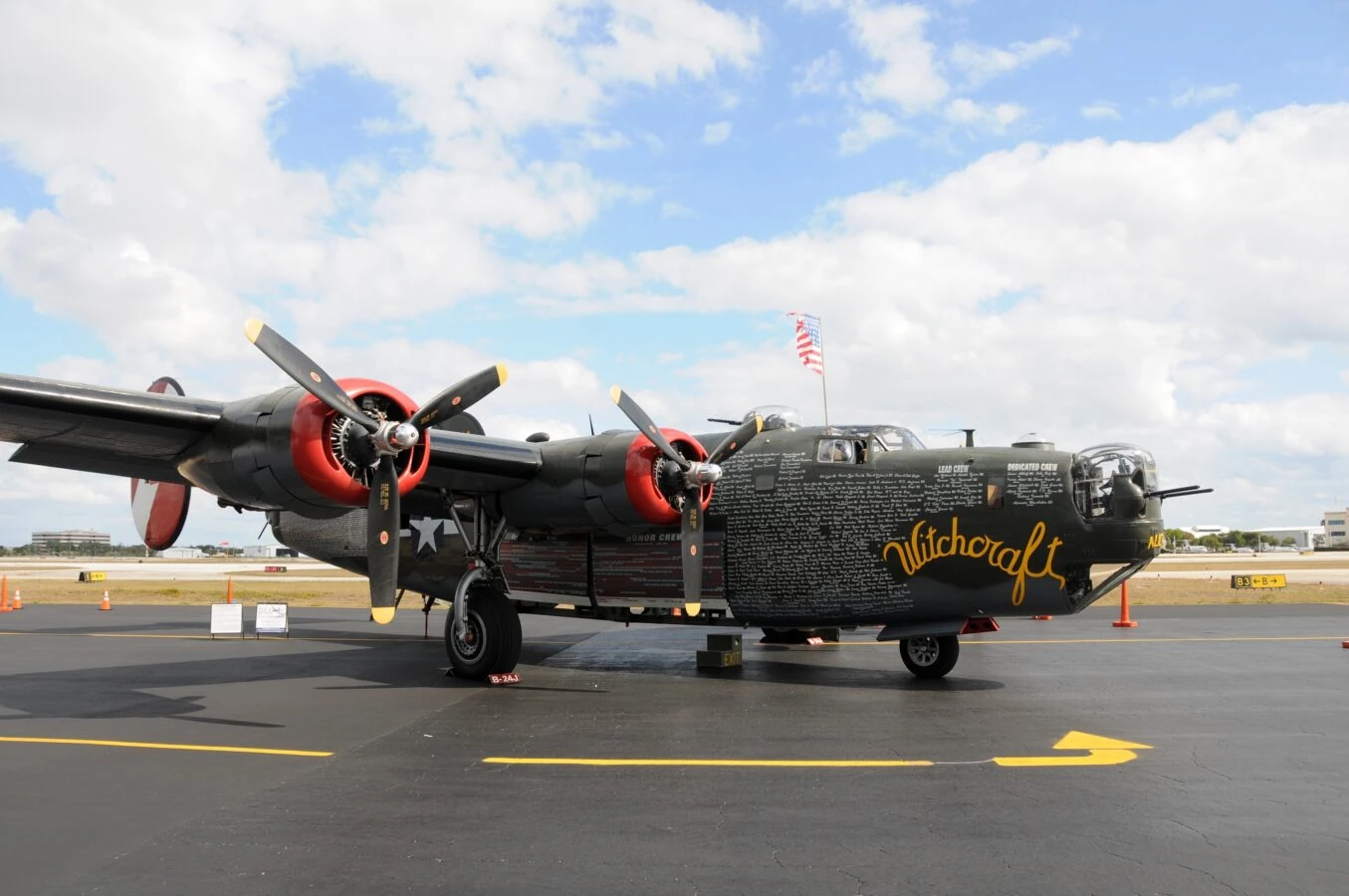
Stepping into the spotlight as a mass-produced marvel, the Consolidated B-24 Liberator was the most-produced American military aircraft during World War II. Its vast wingspan and ability to carry heavy payloads made it a formidable bomber in extensive European and Pacific campaigns. The Consolidated Aircraft company built this giant.
The Stuka Dive Bomber: Fear from Above
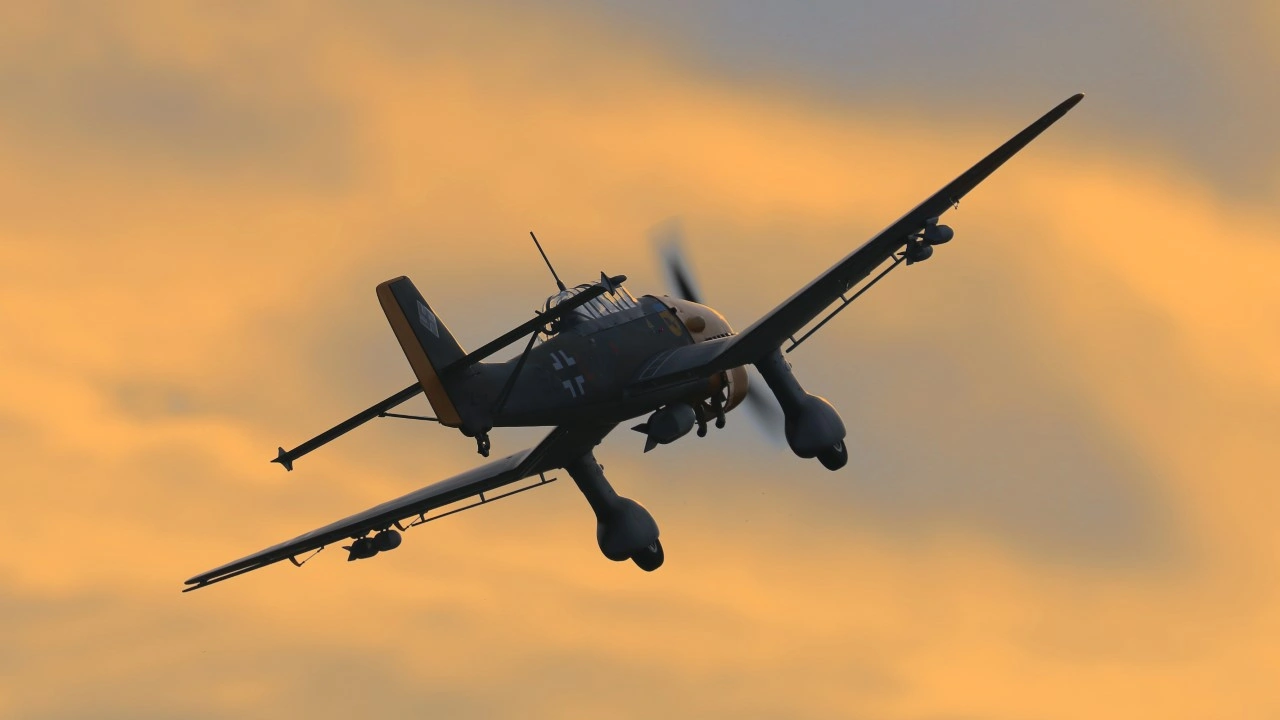
As a forerunner of destruction, the JU-87 Stuka dive bomber seeded fear with its signature siren wail, also called the “Jericho’s Trumpets” by the Germans, while descending from the sky. Built by Junkers, this machine became a symbol of the Blitzkrieg’s early success, delivering precise and devastating strikes. Its steep dives ensured accuracy, making it a key player in the Luftwaffe’s arsenal.
Avro Lancaster: The Night Bomber
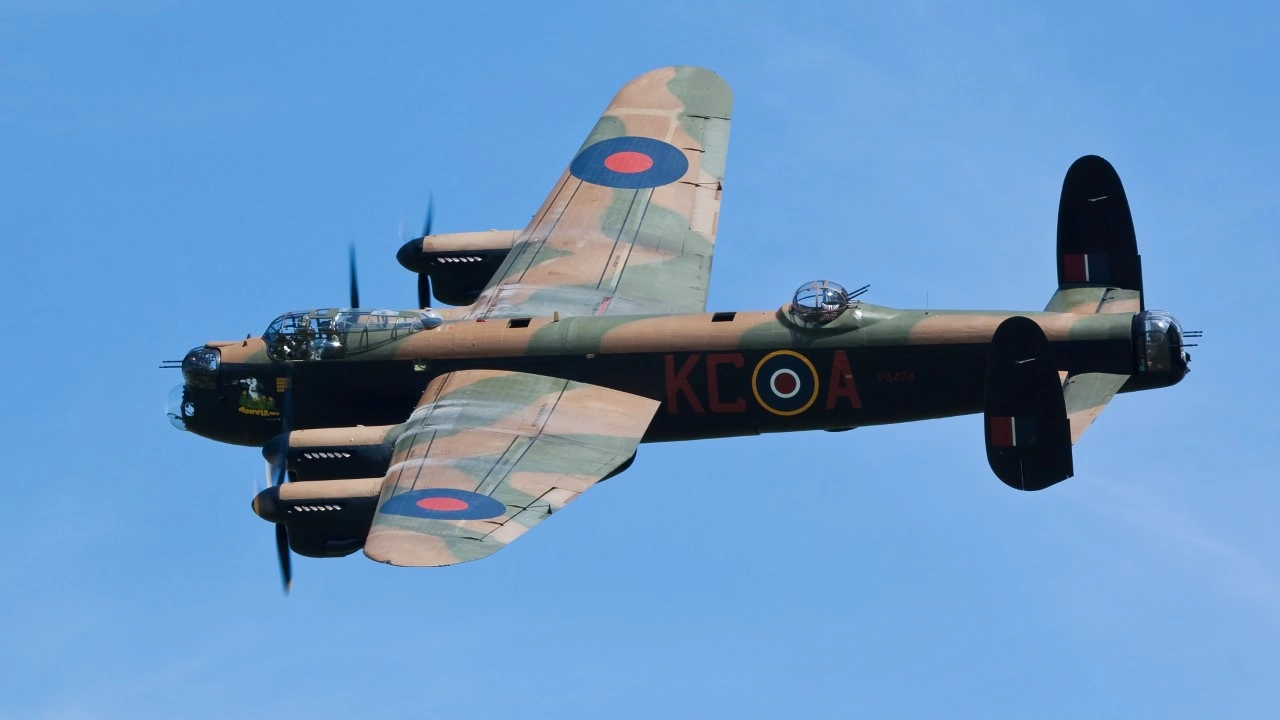
The Avro Lancaster, a night bomber, became an essential of the Royal Air Force’s offensive. Renowned for its substantial payload capacity, the Lancaster delivered its might under darkness. The manufacturer, Avro, designed it to carry out some of the most challenging raids, including the famous 1943 Dam Busters Raid operation.
Grumman F6F Hellcat: The Ace Maker
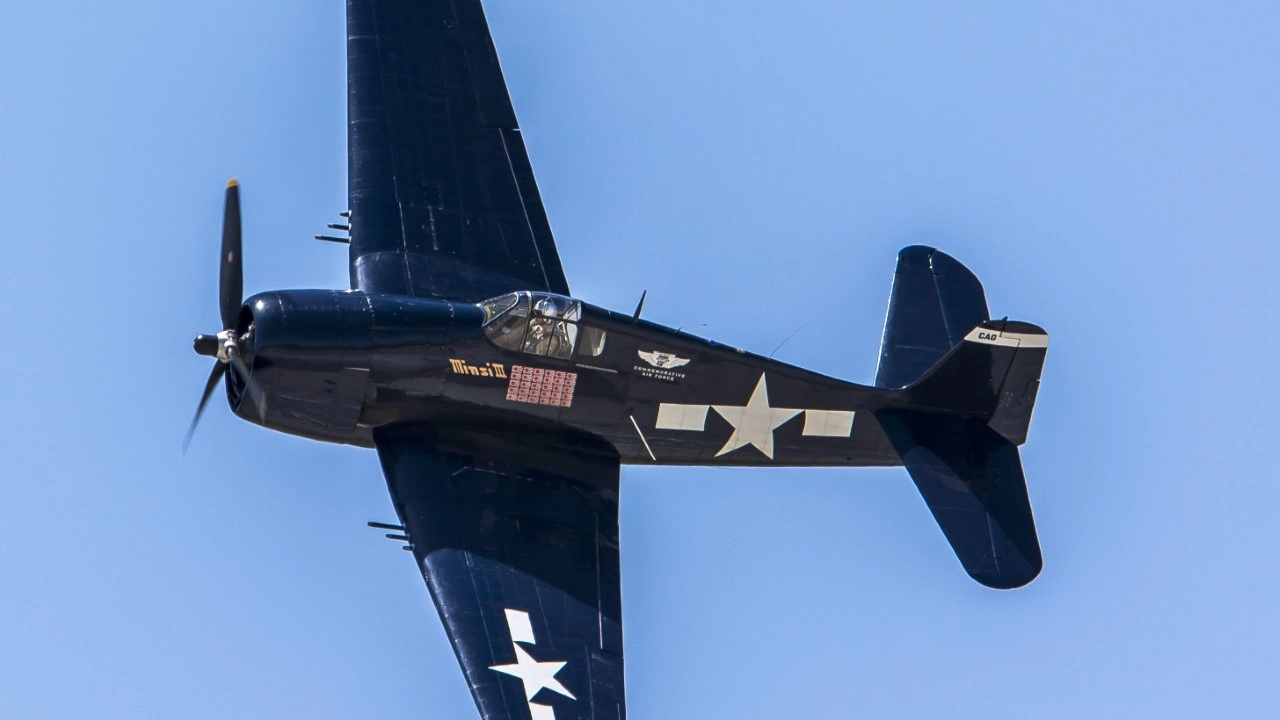
The F6F Hellcat earned the title ‘Ace Maker’ with its dominant presence in the Pacific skies. Grumman designed this fighter to outclass enemies, leading to an unmatched combat record. Its contribution to the Allies’ air superiority was so immense that it became a symbol of aerial might for the U.S. Navy.
IL-2 Sturmovik: The Flying Tank
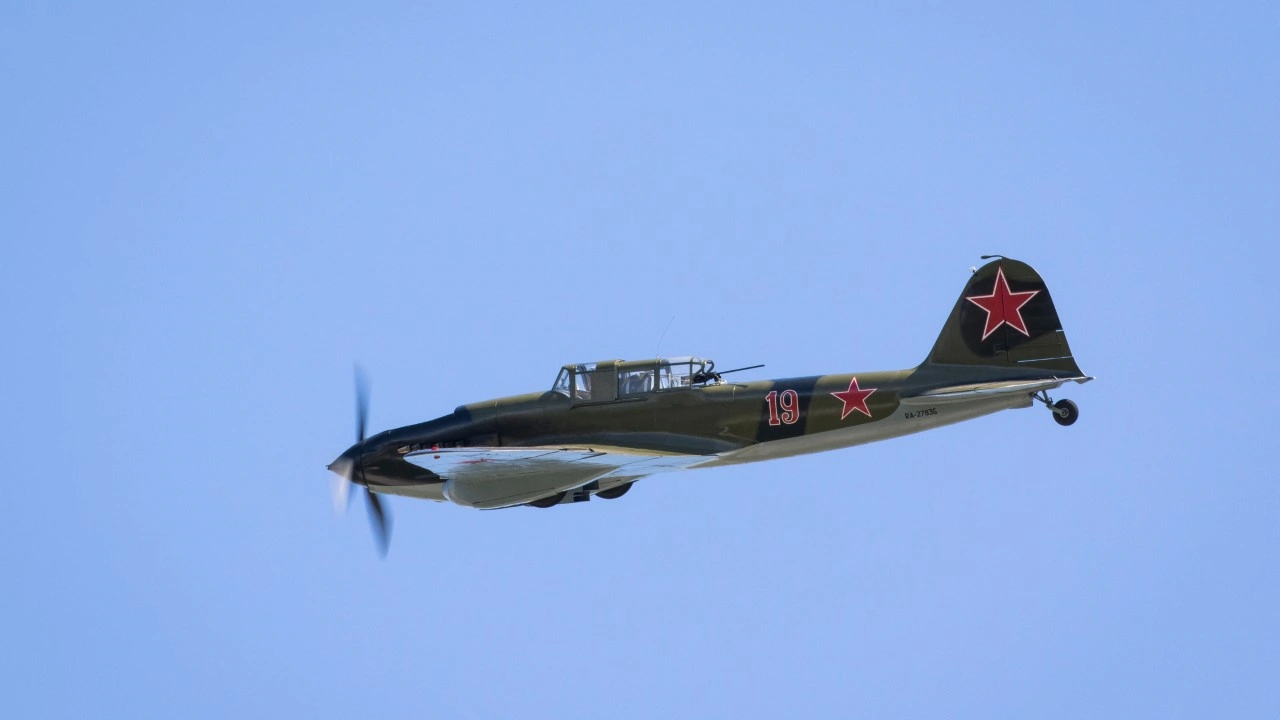
The IL-2 Sturmovik, the ‘Flying Tank,’ was a potent force in the Soviet arsenal. It was built with thick armor, so it resisted enemy fire and struck ground targets with deadly force. Its design allowed for tight maneuvers, making it a nightmare for tanks and infantry alike. The airplane’s resilience and powerful armament ensured its legendary reputation among Soviet troops.
B-29 Superfortress: The Nuclear Bomber
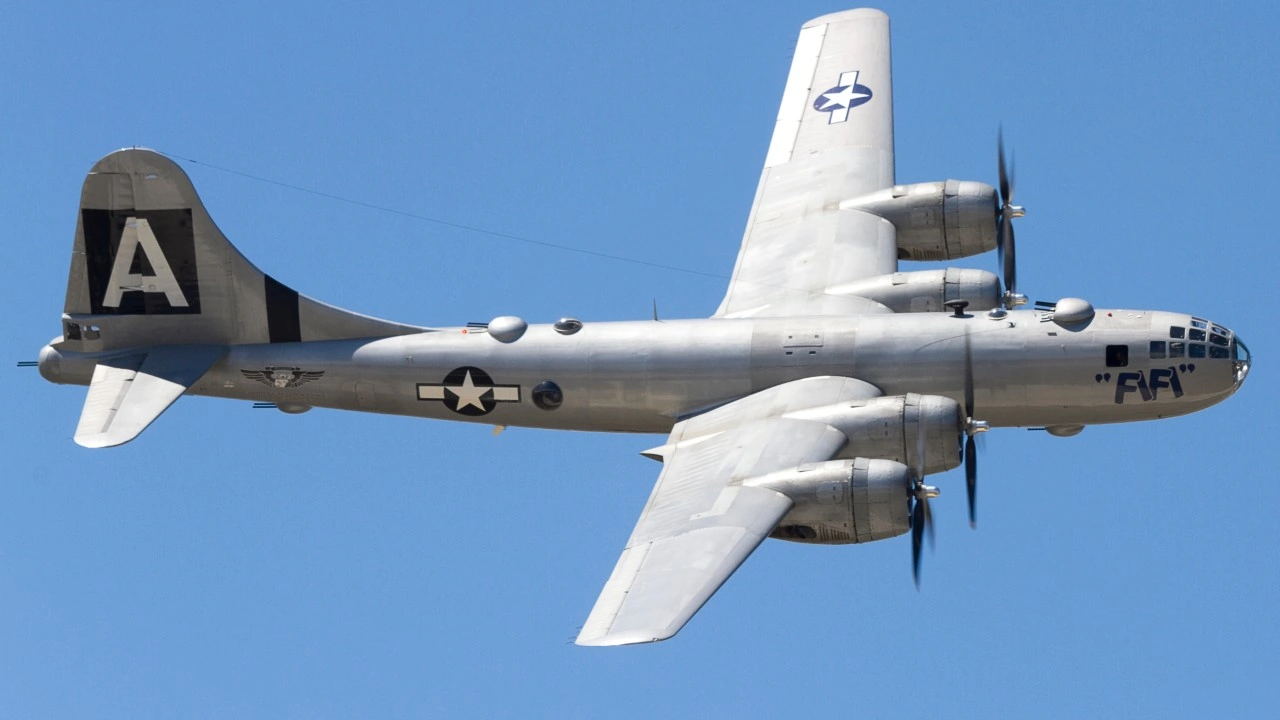
With its advanced technology, the B-29 Superfortress initiated an aerial revolution. This bomber carried the first nuclear weapons, altering warfare history. Its pressurized cabin and remote-controlled guns marked a leap in design. Crews could fly higher and strike with precision, bringing a new power to the Allied forces. The Superfortress’ role in ending the war unveiled the stark reality of the nuclear age.
Fighter Planes’ Role in D-Day Operations
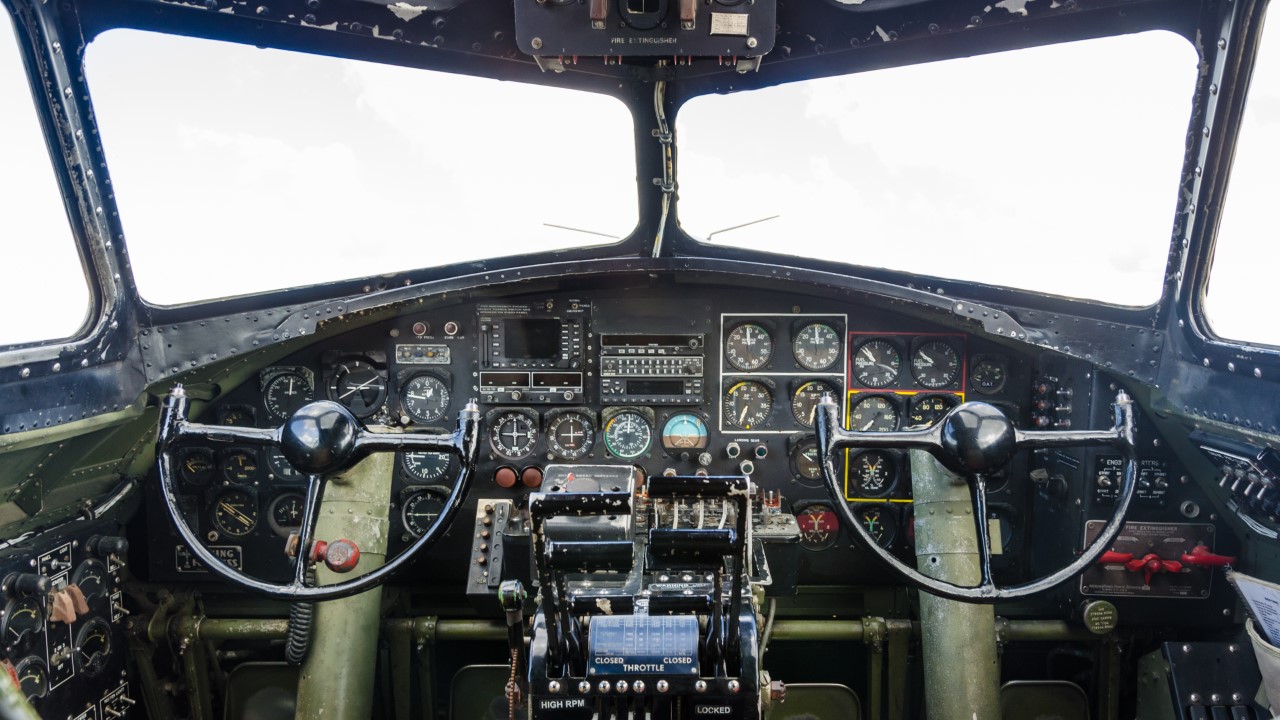
On D-Day, fighter planes flew over Normandy, crucial to the operation’s success. These aircraft cleared the skies, engaging enemy forces and ensuring safe landings for the Allies. Their swift strikes against German positions weakened the opposition, clearing a path for the troops below. Fighter pilots also scanned the terrain, relaying vital information back to the commanders. The brave efforts of these planes and their crews helped secure a significant victory.
Read Next: 18 Forgotten Historical Events That Shaped the World

Every historical event has been pivotal in molding our contemporary world. Each occurrence imprints itself on society, shaping culture, politics, and technology. Whether wars or scientific advancements, these events have far-reaching effects that ripple through time.
Read Next: 18 Forgotten Historical Events That Shaped the World
Read Next: 15 Documentaries That Changed Public Perception

Movies have the power to change our views on certain subjects without being boring. Here are the most interesting documentaries that teach us and highlight important issues, from slavery and mass executions to poaching and climate change.
Read Next: 15 Documentaries That Changed Public Perception
Caitriona Maria is an education writer and founder of TPR Teaching, crafting inspiring pieces that promote the importance of developing new skills. For 7 years, she has been committed to providing students with the best learning opportunities possible, both domestically and abroad. Dedicated to unlocking students' potential, Caitriona has taught English in several countries and continues to explore new cultures through her travels.
